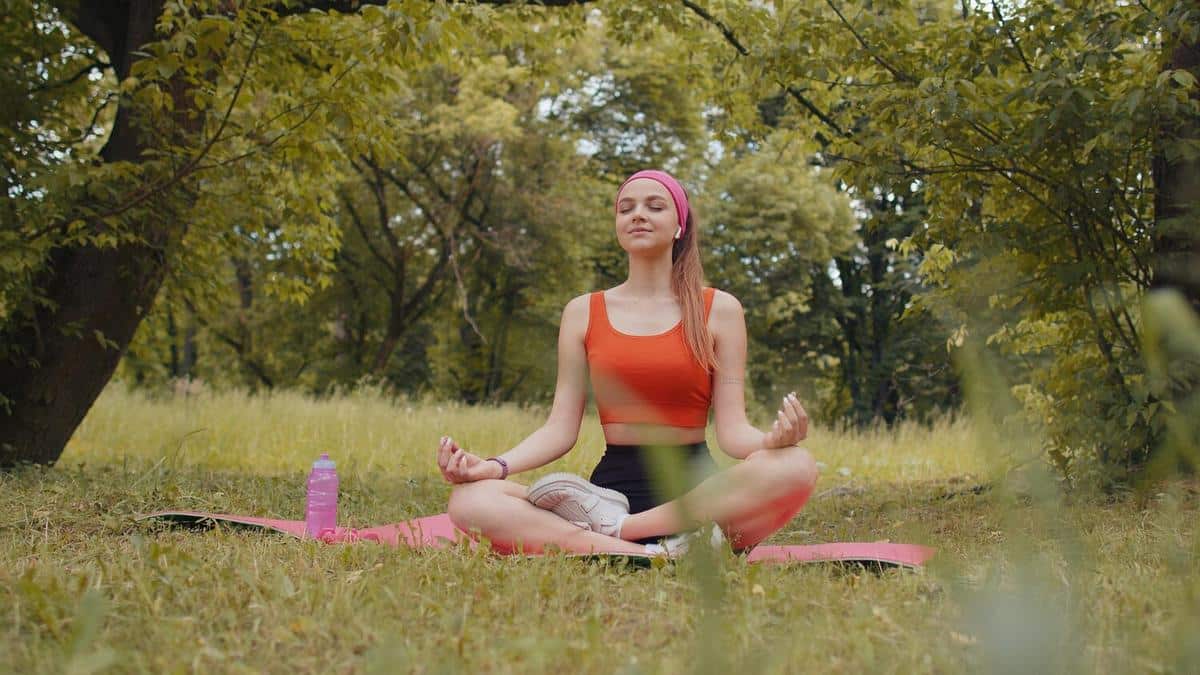
The Benefits of Yoga for Physical and Mental Health
Yoga, a practice with ancient roots, continues to gain popularity for its remarkable benefits on both physical and mental health. Whether you’re a seasoned practitioner or a curious newcomer, understanding how yoga can enhance your well-being is essential.
Yoga offers a holistic approach to health, intertwining physical postures with mental discipline. According to Dr. Emma Jennings, a physiotherapist specializing in holistic health, ‘Yoga’s ability to enhance flexibility, strength, and balance is well-documented, but its impact on mental health is equally profound.’
Physical Benefits of Yoga
Practicing yoga regularly can lead to significant improvements in physical health. A study published in the Journal of Sports Medicine found that participants who practiced yoga thrice weekly saw a 30% increase in flexibility and a notable improvement in muscle strength. This is particularly beneficial for individuals seeking to enhance their athletic performance or those recovering from injuries.
Improved Flexibility and Strength
Yoga poses, or asanas, target various muscle groups, promoting flexibility and building strength. For instance, the Warrior pose strengthens the legs, while Downward Dog stretches the spine and hamstrings.
Enhanced Balance and Posture
Regular yoga practice improves balance and posture, reducing the risk of falls and injuries. For older adults, this can enhance mobility and quality of life.
Mental Health Benefits
Yoga is renowned for its ability to reduce stress and promote relaxation. The practice incorporates mindfulness and breathing techniques that calm the mind and enhance mental clarity.
Stress Reduction
The deep breathing exercises in yoga stimulate the parasympathetic nervous system, reducing cortisol levels and alleviating stress. A personal experience shared by Mark, a corporate executive, highlights this. He notes, ‘Incorporating yoga into my daily routine has helped me manage stress more effectively, leading to improved focus at work.’
Improved Mental Clarity
Yoga enhances mental clarity and concentration. By focusing on breath and movement, practitioners learn to quiet the mind, which can improve cognitive functions.
Actionable Tips for Beginners
- Start with simple poses like Child’s Pose and Mountain Pose.
- Attend beginner-friendly yoga classes to learn proper techniques.
- Practice regularly, aiming for at least three sessions a week.
- Incorporate meditation and breathing exercises into your routine.
Consider keeping a yoga journal to track your progress and reflect on your mental and physical changes.
Comparing Yoga Styles
| Style | Focus | Intensity |
|---|---|---|
| Hatha | Basic postures | Low |
| Vinyasa | Flowing movements | Medium |
| Ashtanga | Rigorous practice | High |
| Yin | Deep stretches | Low |
| Bikram | Hot environment | High |
| Kundalini | Spiritual practice | Varies |
| Restorative | Relaxation | Low |
| Iyengar | Alignment | Medium |
FAQs
What should I wear to a yoga class?
Comfortable, stretchy clothing that allows for a full range of motion is ideal.
How often should I practice yoga?
Practicing yoga three to five times a week can provide significant benefits.
Do I need any special equipment?
A yoga mat is essential, and props like blocks and straps can be helpful, especially for beginners.
By integrating yoga into your routine, you can enjoy enhanced physical fitness and mental well-being. Whether you aim to improve flexibility, reduce stress, or find a deeper sense of peace, yoga offers a path to holistic health. Consider exploring local classes or online resources to start your journey today.


